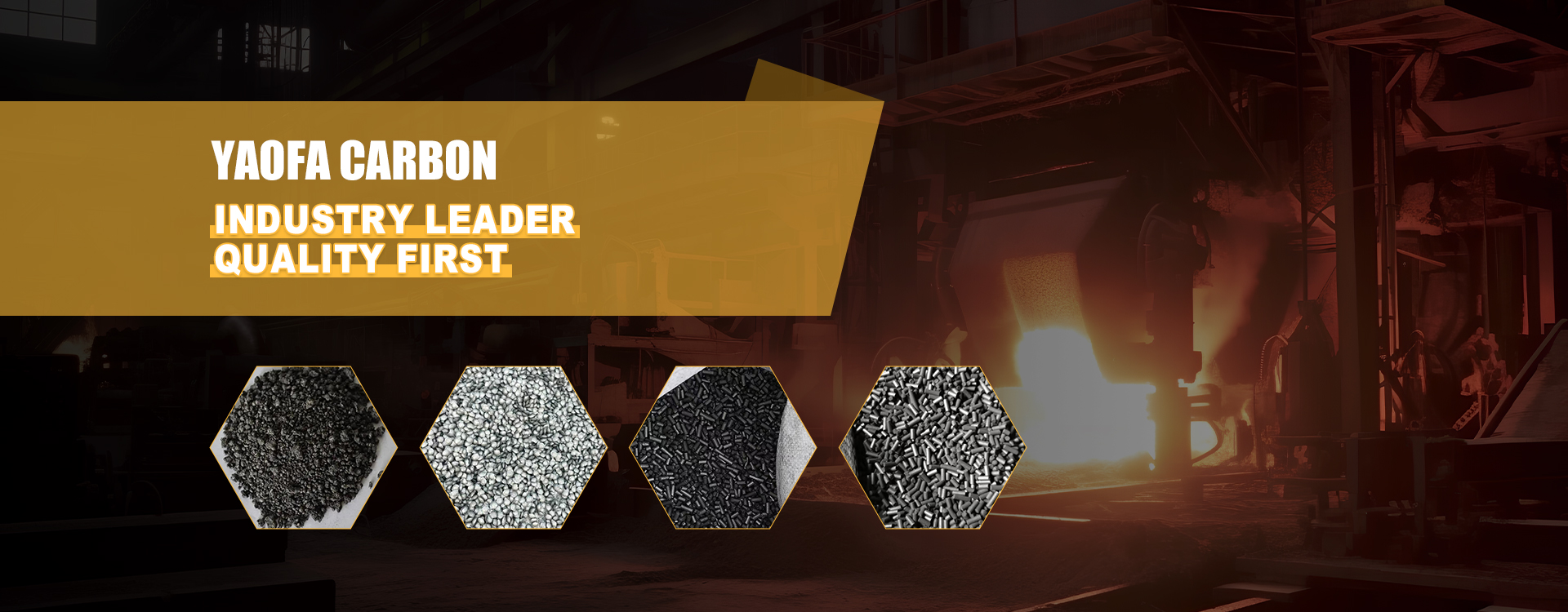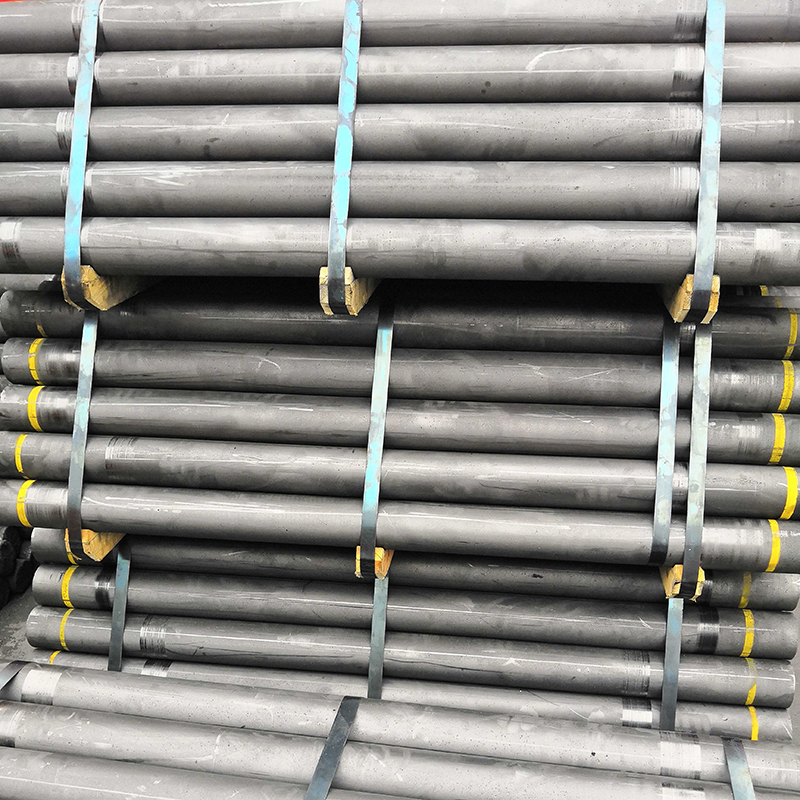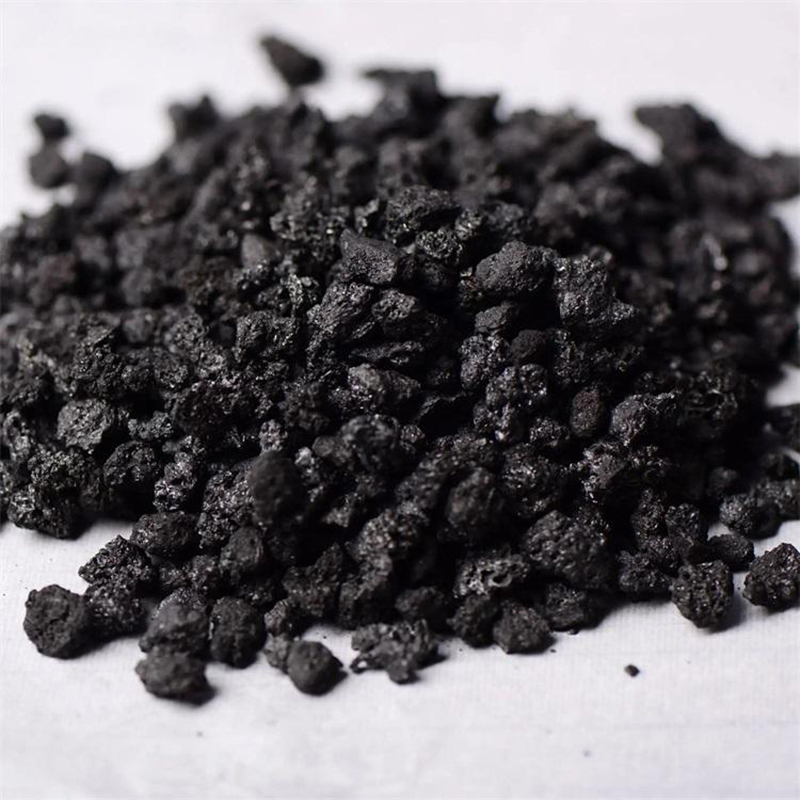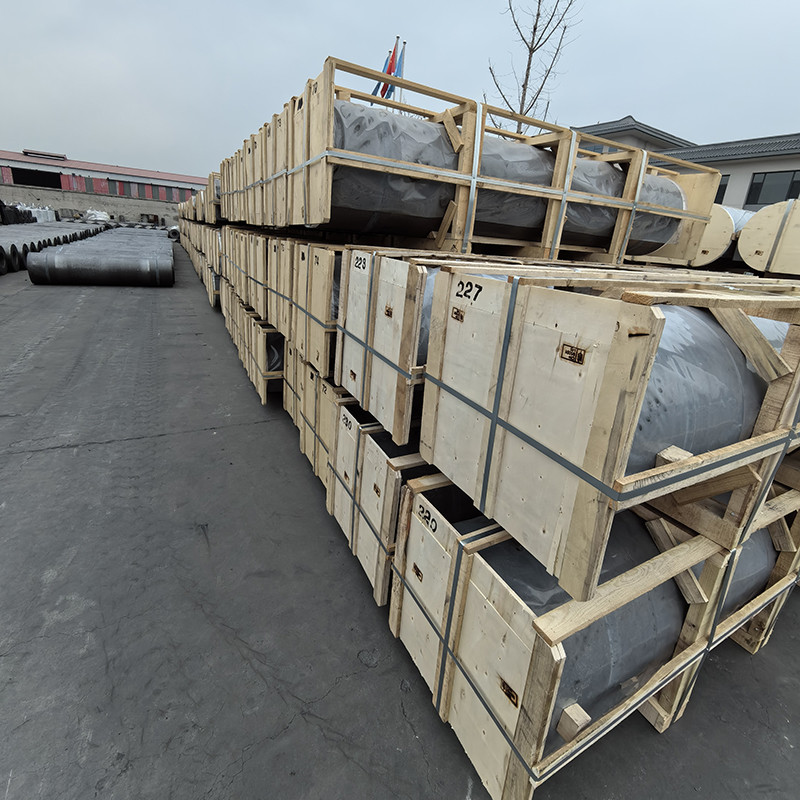- English
- Chinese
- French
- German
- Portuguese
- Spanish
- Russian
- Japanese
- Korean
- Arabic
- Irish
- Greek
- Turkish
- Italian
- Danish
- Romanian
- Indonesian
- Czech
- Afrikaans
- Swedish
- Polish
- Basque
- Catalan
- Esperanto
- Hindi
- Lao
- Albanian
- Amharic
- Armenian
- Azerbaijani
- Belarusian
- Bengali
- Bosnian
- Bulgarian
- Cebuano
- Corsican
- Croatian
- Dutch
- Estonian
- Filipino
- Finnish
- Frisian
- Galician
- Georgian
- Gujarati
- Haitian
- Hausa
- Hawaiian
- Hebrew
- Hmong
- Hungarian
- Icelandic
- Igbo
- Javanese
- Kannada
- Kazakh
- Khmer
- Kurdish
- Kyrgyz
- Latin
- Latvian
- Lithuanian
- Luxembou..
- Macedonian
- Malagasy
- Malay
- Malayalam
- Maltese
- Maori
- Marathi
- Mongolian
- Burmese
- Nepali
- Norwegian
- Pashto
- Persian
- Punjabi
- Serbian
- Sesotho
- Sinhala
- Slovak
- Slovenian
- Somali
- Samoan
- Scots Gaelic
- Shona
- Sindhi
- Sundanese
- Swahili
- Tajik
- Tamil
- Telugu
- Thai
- Ukrainian
- Urdu
- Uzbek
- Vietnamese
- Welsh
- Xhosa
- Yiddish
- Yoruba
- Zulu
- Kinyarwanda
- Tatar
- Oriya
- Turkmen
- Uyghur

China pyrolytic graphite plate
Exploring the Versatility of China Pyrolytic Graphite Plates
In the field of advanced materials, the term pyrolytic graphite plate often surfaces when discussing heat management solutions. But understanding its full potential requires delving into its properties, practical applications, and nuances that aren't immediately obvious.
Understanding Pyrolytic Graphite
Pyrolytic graphite is widely used in industries for its exceptional anisotropic thermal conductivity. This means one of the critical features to grasp is its ability to conduct heat more effectively in certain directions. When I first encountered it, I admittedly underestimated this aspect. It wasn't until I witnessed its application in thermal management systems that I appreciated the difference it makes in efficiency.
Additionally, its resistance to thermal shock and oxidation seemed to provide solutions to many high-temperature challenges. This characteristic has been pivotal for companies like Hebei Yaofa Carbon Co., Ltd., which has expertly integrated it into their varied product offerings. For those unfamiliar, Hebei Yaofa, a renowned name with over two decades of experience—more details can be found on their website here—utilizes pyrolytic graphite in a variety of fields.
Still, it’s not all straightforward. While working with pyrolitic graphite, I’ve observed its fragility under mechanical stress. This presents a practical concern, especially when machining components, requiring precise techniques to avoid damage.
Common Applications and Challenges
Pyrolytic graphite plates find use in semiconductor manufacturing, as their thermal properties help maintain consistent temperatures. However, challenges do arise due to its brittleness. Once, during a project, an unexpected fracture in a plate delayed operations for days, reinforcing the need for meticulous handling.
Another area where these plates excel is in the aerospace sector. Their capacity to endure extreme conditions is unmatched. But the catch—joining processes need to be refined. Poor adhesion in composite structures can severely affect performance, a problem I faced during testing phases.
On examining solutions, the integration with advanced adhesives showed promise, but it proved essential to balance thermal conductivity and structural integrity. It’s this kind of intricate tweaking that often leaves room for continued research and development.
Hebei Yaofa Carbon Co., Ltd.'s Role
Within China, Hebei Yaofa Carbon Co., Ltd. emerges as a leader in carbon material production. They produce not just pyrolytic graphite plates, but a range of carbon products like graphite electrodes used across numerous industries. Their expertise comes into play when delivering tailored solutions to meet the varying demands of modern applications.
With an established global reach, as evident from their flourishing online presence at their website, they sustain a firm hold in the carbon industry. This longevity and reliability offer reassurance when procurement decisions are made. They have set a high standard in quality and consistency—which from my interactions, I can attest to.
However, maintaining this level of adaptability isn’t without its hurdles. Technological updates demand continuous investment and innovation—a key factor that Hebei Yaofa seems to handle adeptly.
Recent Technological Advancements
Innovation in pyrolytic graphite technology is an ongoing journey. Recent developments focus on improving machining processes and exploring hybrid materials to enhance fracture toughness. These innovations aim to widen application scopes and improve cost-effectiveness.
In a recent seminar I attended, discussions highlighted promising techniques like chemical vapor deposition refinements. Such advancements indicate a future where pyrolytic graphite may become even more ubiquitous in cutting-edge applications, such as quantum computing systems.
This field is teeming with opportunities and challenges. Sharing experiences, particularly those that emphasize trial and error, plays a crucial role in propelling industry standards forward. The most eye-opening realizations often stem from practical setbacks turned into learning experiences.
The Future Outlook
The potential of pyrolytic graphite plates in new technological areas is vast. Whether it's contributing to the advancement of electric vehicle batteries or enhancing thermal management in compact devices, the scope is constantly evolving.
For manufacturers like Hebei Yaofa Carbon Co., Ltd., staying at the forefront is key. Utilizing their extensive experience and robust infrastructure, as shared on their website, they are well-positioned to lead in these innovations.
Ultimately, the future depends on sustained research and collaboration among industry experts. A blend of scientific inquiry and practical application will decide the pace and direction of progress in this exciting field.
Related products
Related products













